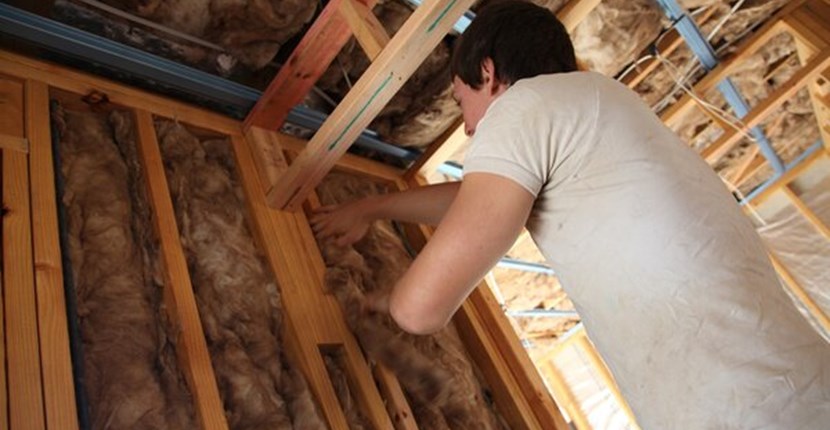Posted on 08 12 2021
How heatpumps and insulation can keep your home cool

Heat pumps and insulation work together to cool your home
We talk a lot about how effective heat pumps and good insulation are for keeping your home warm and dry in winter. But these two tools are just as useful for keeping you cool in summer.
Heat pumps as air conditioners
In summer, your heat pump can work in the same way as an air conditioner. Both air conditioners and heat pumps use a special phase-changing refrigerant to absorb heat from the air through a set of coils, and then they release it through another set of coils located elsewhere.
Heat pumps can be just as efficient for cooling as air conditioners are. Unlike air conditioners, however, most heat pumps can also reverse the flow of coolant through a special valve.
In winter they absorb heat from outside and release it through the indoor coils. In summer they do the opposite, using the indoor coils to absorb heat from your home and release it through the outdoor portion of the system.
How insulation helps
When you use a heat pump to warm your home, your insulation helps keep the heat in – and it does exactly the same job when you use your heat pump for cooling.
According to research by the Building Association of New Zealand, 47% of homes are inadequately insulated and therefore less energy efficient and hotter in summer. Temperatures in your roof space can climb to over 40C in summer, and this heat can transfer from your ceiling into your home.
A well-insulated house needs up to 30% less energy to heat (or cool) compared to an uninsulated house. Insulation acts like a blanket, wrapping around your house and, by resisting the movement of heat, it keeps you cosy in winter and cool in summer.
Is your insulation up to scratch?
If your home was built before 2007, it may have less than optimal insulation, or none at all. Insulation also sinks or wears out over time and may need topping up or replacing to be really effective.
A simple visual check of your ceiling and underfloor insulation will tell you whether you need to top-up or replace it. If you can safely look into the ceiling, check that the insulation is in good condition, has no gaps and is at least 12cm thick throughout the whole ceiling space.
Typically, if you can see the rafters or the bottom board of the trusses, the insulation is probably getting a bit thin.
For underflooring it’s even more straightforward. If there is existing insulation, it will more than likely be polyester or glass wool, which is fine as long as it’s not damaged or hanging down anywhere.
Use your heat pump wisely
Ensuring your home is properly insulated means your heat pump won’t have to work as hard and you won’t need to use it for as long. Using the right heat pump settings will maximise efficiency and ensure you don’t pay more than necessary for your cooling.
For summer cooling, set the thermostat to between 20C and 22C. If you set the temperature lower, your home won't cool down any quicker but your unit will work harder and use more power.
If the air feels damp and “sticky”, the problem may be more humidity than heat. Most heat pumps have a dehumidifying option to help with condensation control and if you turn this on for 30 minutes to dry the air, it will feel cooler.
If you have a heat pump in your bedroom, turning it on for a few hours at bedtime can help you sleep more comfortably. The ideal temperature for sleep is around 18C to 19C.
To ensure your home is as comfortable as possible this summer, use your heat pump wisely or talk to us about having one installed – and ensure your home is properly insulated.
With the Government's Warmer Kiwi Homes initiative, as a homeowner you may be eligible for a grant to cover 80% of the cost of your insulation and heat pump. Our team of experts are knowledgeable and experienced, and can help you get your home summer-ready.
The first step is to get in touch and book your home energy assessment.